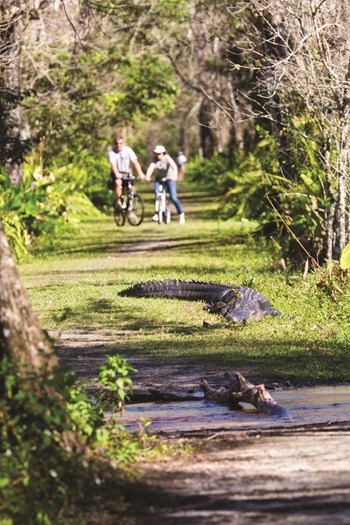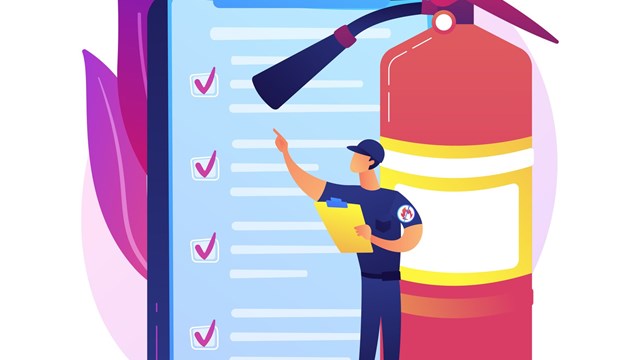
Consider where you live and how your home and lifestyle interacts with the surrounding natural world. Now, think about what that world contains in terms of wildlife. Depending on where you live, this could mean ‘nuisance’ animals as commonplace (and relatively harmless) as raccoons or opossums. Nuisance wildlife is generally defined as wildlife that causes or has the capacity to cause property damage, or that presents a threat to public safety or causes annoyance within, under or upon a building. Sure, it’s a hassle to clean up after a troop of raccoons raids your trash cans, but for residents of the state of Florida, nuisance animal concerns can go well past fuzzy nighttime bandits and into significantly more dramatic—and potentially dangerous—territory.
We’re talking about alligators, of course. While generally shy of humans, the state’s indigenous reptiles do represent a very real threat to life and limb—and with real estate development pushing into natural habitats and bringing humans and pets into closer and more frequent contact with crocodilians, it pays to be aware of the danger that contact can pose. According to the Florida Fish and Wildlife Conservation Commission (FWC), Florida’s “alligator country” includes every county in the state, and contains well over 1 million wild gators that, when thought of in relation to the state’s human population, comes out to a ratio of about one alligator for every 15 residents.
And alligators aren’t the only crocodilians that make their home in Florida’s waterways and semi-tropical landscape; their cousin the caiman is here too. Caiman are generally smaller and less fierce than gators, and are found mostly in the southern part of the state. Native to Central and South America, they likely gained a foothold in Florida after being brought here as pets and then released into the wild after their owners had second thoughts. Another much larger and more aggressive gator relative is the crocodile, which, while very rare, has been sighted in the brackish coastal waters in the extreme southern tip of the state.
Gator? I Hardly Know ‘Er
Overseeing all these scaly goings-on is the FWC, a state government agency dedicated to the management and regulation of Florida’s fish and wildlife resources. The agency consists of six separate divisions, including the Fish and Wildlife Research Institute, the Division of Hunting and Game Management, the Division of Habitat and Species Conservation, the Division of Freshwater Fisheries Management, the Division of Marine Fisheries Management, and the Division of Law Enforcement.
To monitor and manage the Sunshine State’s sizeable reptilian population, the FWC maintains its own Statewide Nuisance Alligator Program, or SNAP. According to the FWC, the program received 13,962 complaints concerning gators at least four feet long that resulted in the removal of 7,513 alligators – and that was just in 2015. Not too bad for an animal that was once on the endangered species list! The American alligator was removed from the endangered list in 1987, after being nearly eradicated through hunting and habitat destruction. Since then, their numbers have increased to a point that they are a nuisance at times and must be properly dealt with to ensure the safety of those who may come into contact with them.






Leave a Comment